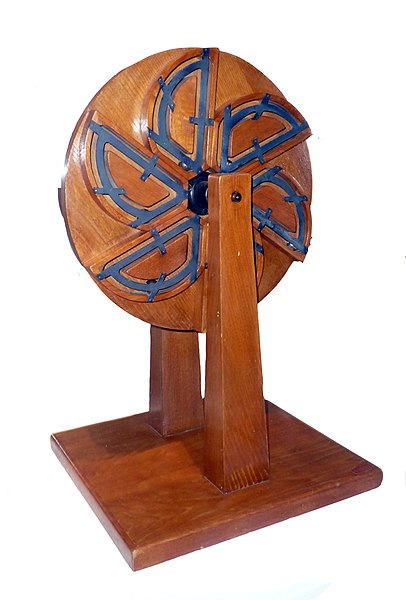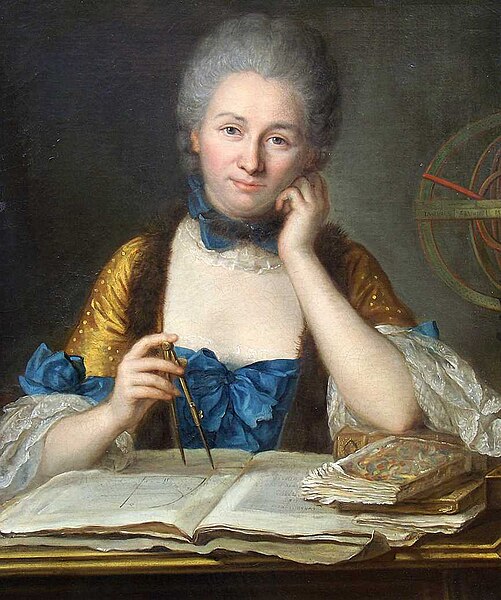Perpetual motion is the motion of bodies that continues forever in an unperturbed system. A perpetual motion machine is a hypothetical machine that can do work infinitely without an external energy source. This kind of machine is impossible, since its existence would violate the first and/or second laws of thermodynamics.
October 1920 issue of Popular Science magazine, on perpetual motion. Although scientists have established them to be impossible under the laws of physics, perpetual motion continues to capture the imagination of inventors.
Perpetuum mobile of Villard de Honnecourt (about 1230).
Perpetual motion wheels from a drawing by Leonardo da Vinci
The law of conservation of energy states that the total energy of an isolated system remains constant; it is said to be conserved over time. In the case of a closed system the principle says that the total amount of energy within the system can only be changed through energy entering or leaving the system. Energy can neither be created nor destroyed; rather, it can only be transformed or transferred from one form to another. For instance, chemical energy is converted to kinetic energy when a stick of dynamite explodes. If one adds up all forms of energy that were released in the explosion, such as the kinetic energy and potential energy of the pieces, as well as heat and sound, one will get the exact decrease of chemical energy in the combustion of the dynamite.
Gottfried Leibniz
Daniel Bernoulli
Emilie du Chatelet
Gaspard-Gustave Coriolis







